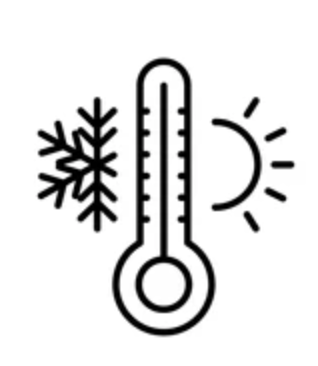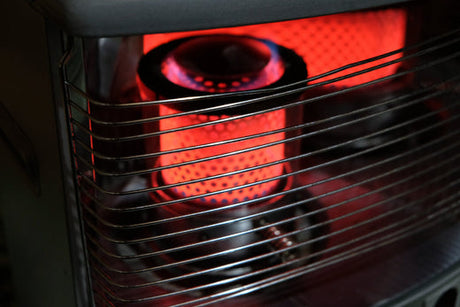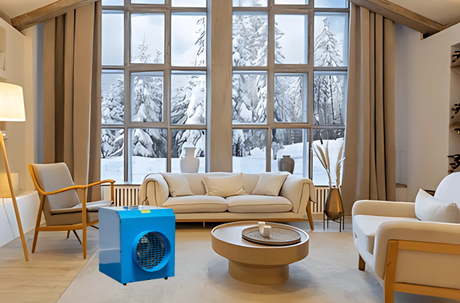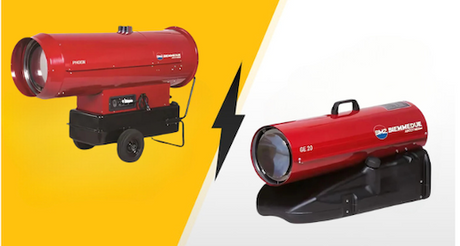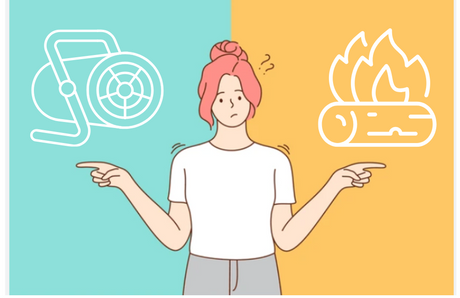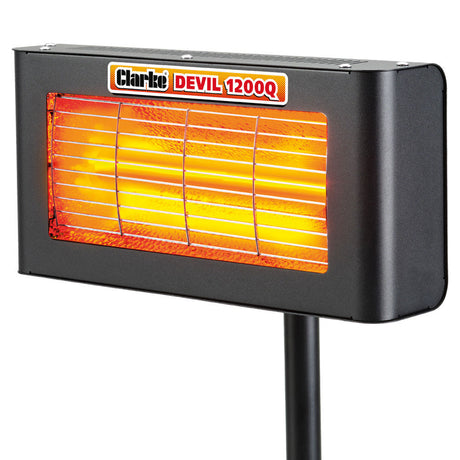A PVC strip draft excluder is a type of weatherstripping used to prevent drafts, dust, and pests from entering through gaps in doors or windows. It typically consists of strips of flexible polyvinyl chloride (PVC) material that can be easily attached to the edges of doors or window frames.
The basic function of a PVC strip draft excluder is to create a tight seal along the space between a door or window and its frame. This seal blocks cold air from entering and warm air from escaping, improving energy efficiency and comfort within the home. The flexibility of PVC allows the strip to conform to irregularities in the door or window surface, ensuring a good seal even with uneven gaps.






